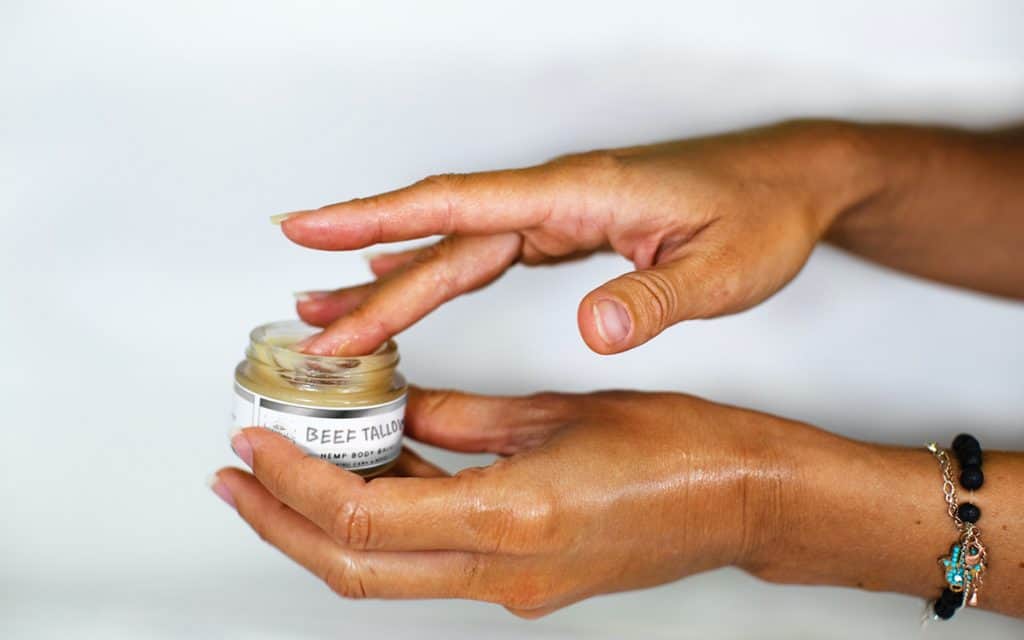Having a well-stocked pantry must be the priority of every prepper. It can become a lifesaver during dire emergencies, such as floods, earthquakes, hurricanes, or even wars. Hence, a prepper should know which food is best to stockpile.
A prepper pantry must include a variety of food to ensure that all essential nutrients are supplied to the body. Stockpile long-lasting food types including water, grains, beans, pasta, canned fruit, vegetable and meat, powdered drink, spices, and energy bars.
This article will explore the criteria that should be used when selecting food for a prepper pantry. It will also guide you on how to properly organize your food stockpile.
Working Pantry vs. Prepper Pantry
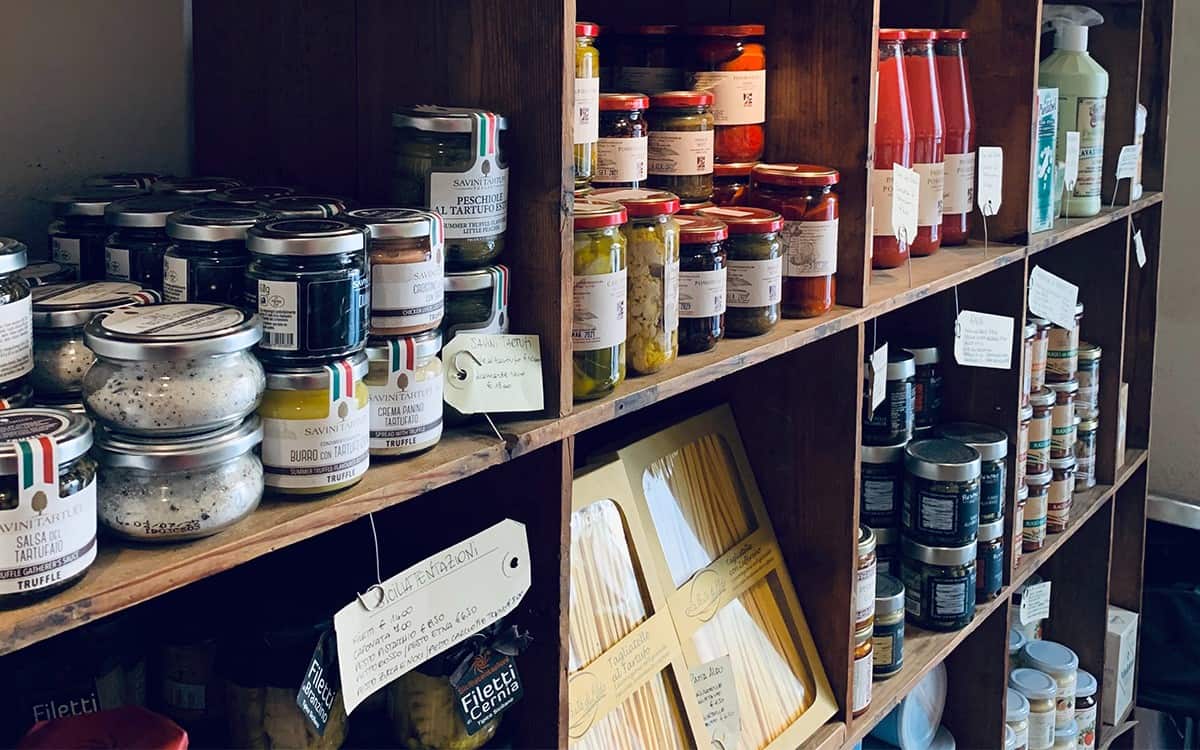
A working pantry is just a regular pantry where you can keep the items you often use to cook. It includes food that can stay fresh for a while but not necessarily non-perishable. It is not intended to be kept long-term or used for emergencies.
On the other hand, a prepper pantry is designed to be long lasting. It is a long-term pantry where you can keep non-perishable food supplies, such as beans, pasta, rice, and canned goods. The food stockpile can stay in good quality for years and remain suitable for consumption when a disaster strikes.
Food Selection Criteria
Not all food is ideal to be included in a prepper pantry. The following are the basic criteria that you should keep in mind when deciding what food to buy:
Family Preferences
During an emergency, your pantry will be your only source of food. So, you better fill it with the types of food that your family will eat, while taking into consideration nutritional value.
Store food that resemble your daily meals. It can give a sense of normalcy during a disaster, which helps in keeping your mental state stable despite the situation.
Also, keep in mind the dietary needs and allergies of everyone in your family. If a member has a vegan or vegetarian diet, be sure to stock enough food without animal-derived components. If a member has an allergy to a particular food, avoid or minimize buying those. A severe allergic reaction can be deadly during a disaster since transportation and hospitals will become hard to access.
Shelf Life
The main goal of a prepper pantry is to provide a food source when SHTF. However, you don’t know when it will happen. So, your pantry should be long-lasting.
Stockpile food that can last on your shelf for a long time and ones that don’t necessarily need refrigeration. Avoid fresh fruit and vegetables, bread, or anything that spoils quickly. Buy non-perishables instead, like grains, canned goods, and dried products. If you do have fresh fruit, you can extract the juice from it and freeze the juice; doing this gives it a longer shelf-life.
The food’s shelf life should be long, but not necessarily over ten years or longer; at least a year is a good enough shelf life. Remember that you need to rotate, change, and replenish your pantry every year or two to ensure that the food supplies are always at the optimum quality for consumption.
Your Budget
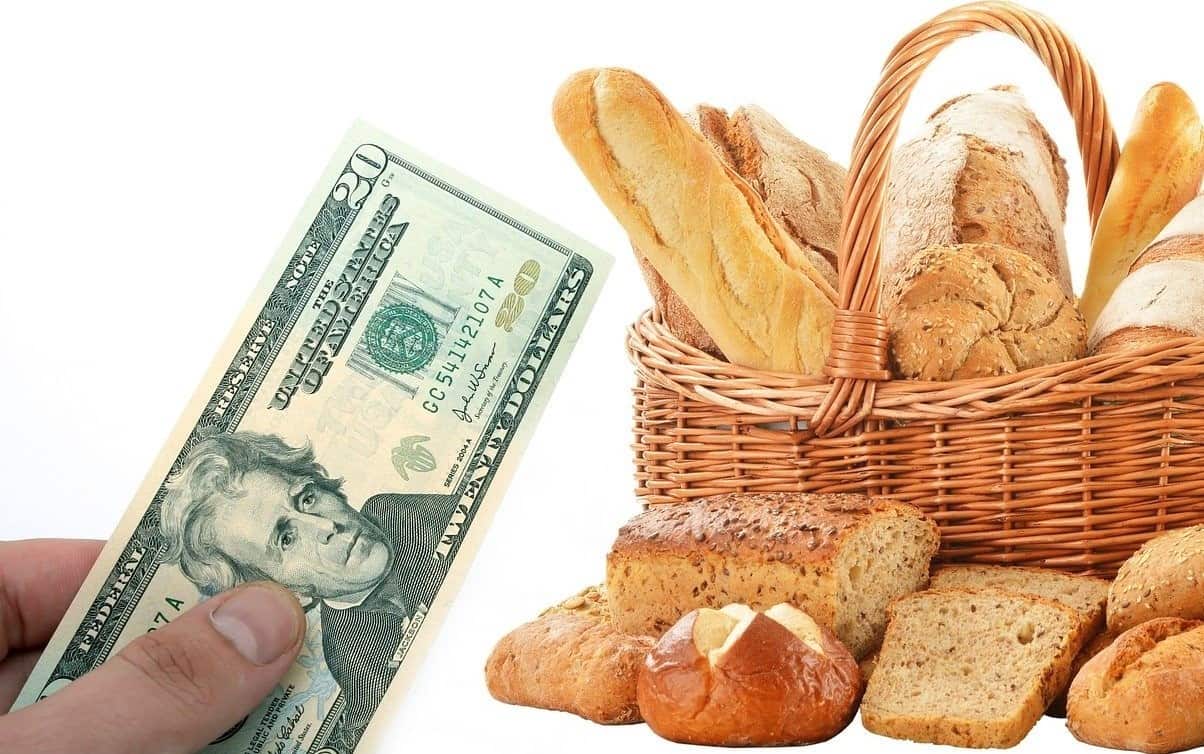
When stocking up for your prepper pantry you should buy your supplies in bulk as it will help you save some money. If money is tight, you can build your pantry by purchasing extra food items every time you go to a grocery. This way, you won’t need to spend a large amount of money at once. You can also set aside a portion of your monthly allowance or salary for this purpose. Once you’ve saved enough, you can buy bulk food supplies for your prepper pantry.
When you buy, always check the “best-by” or “use-before” label. Sometimes, food products sold in bulk have nearer expiration dates. So, make sure to take a look at it first to avoid spending money on supplies that you can’t store long-term.
Nutritional Value
Your body needs vitamins, minerals, and calories to function properly, especially during an emergency. Hence, you need to have food that can provide you with these nutrients.
Make your prepper pantry as diverse as possible to avoid nutrient-deficiency. Buy dried and canned fruit, vegetable, and meat to supply your body with various nutrients. You can add vitamin and mineral supplements in your pantry as well.
When buying, prioritize calorie-dense food such as grains and beans. They don’t require too much storage space, yet they are packed with calories that fuel the body to give it energy.
Storage Requirements
Choose food products that don’t need special requirements for storage. You can still include frozen goods in your prepper pantry, but you should minimize them. They add diversity to your pantry, but they are susceptible to spoilage if a power outage occurs during an emergency.
Food items that don’t need additional packaging are ideal, such as canned goods and other readily packed products. For dry food, including grains and beans, you can use airtight jars, mylar bags, and buckets with lids. You can also put oxygen and moisture absorbers in these containers to prolong the food’s shelf life.
Preparation Requirements
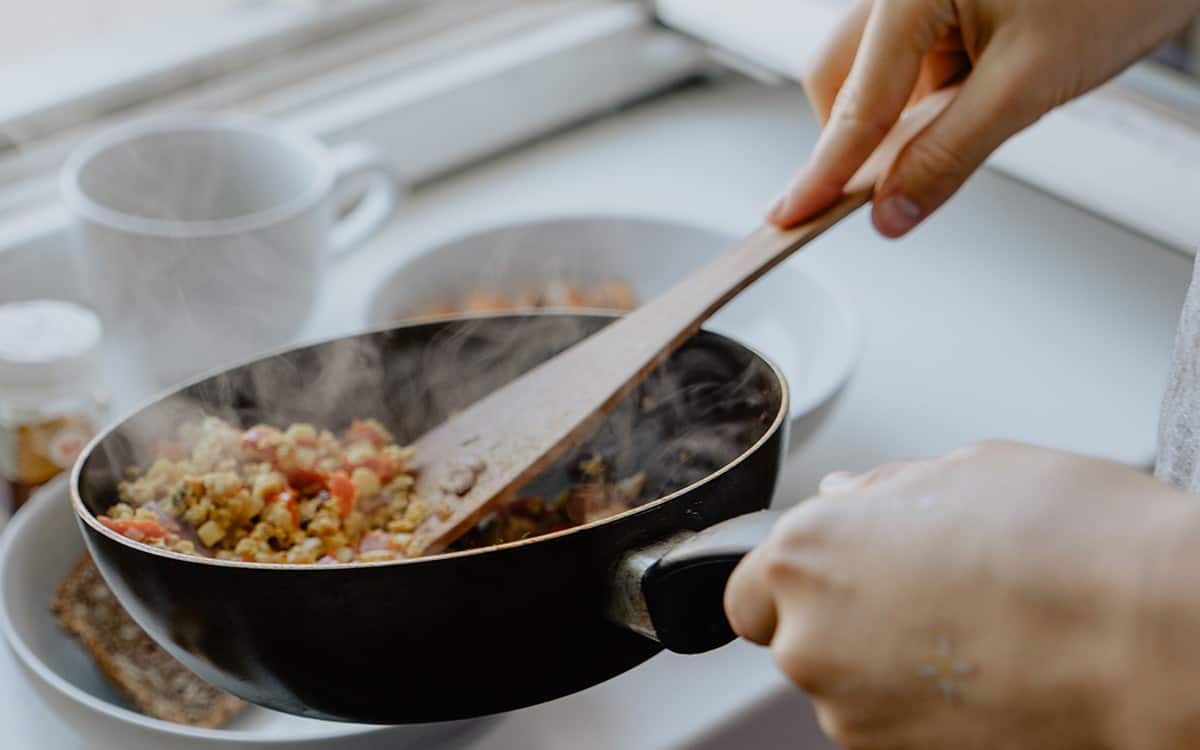
During an emergency or a disaster, it will be hard to cook or prepare complicated dishes since there will be limited access to resources like fuel and electricity. Therefore, prioritize buying food that can be eaten as-is or ones that need minimal preparation.
You can buy MREs (Meal, Ready-to-Eat), which is a type of food mainly intended as military rations. These typically last about five years, making them an ideal addition to your prepper pantry. However, they are a bit expensive, and their taste don’t usually appeal to most.
You can also just stick to buying various canned products. Most of these are ready to eat as well, while others may need mild heating.
Essential Food to Stockpile
It is important to include a wide variety of food in your prepper pantry. Avoid buying just one type of product. A diverse pantry will ensure that majority of the essential nutrients are supplied and health problems due to nutrient deficiency are minimized.
Here’s a list of what food you should buy and stockpile:
Water
The body is about sixty percent water. So, you must keep it hydrated to ensure that it works properly. Stock a few gallons of water that you can use immediately when an emergency occurs.
Also secure an alternative water source in case your supply runs out. Buy straw-type, powder, or tablet purifiers to treat contaminated water so it’s safe to drink.
Grains
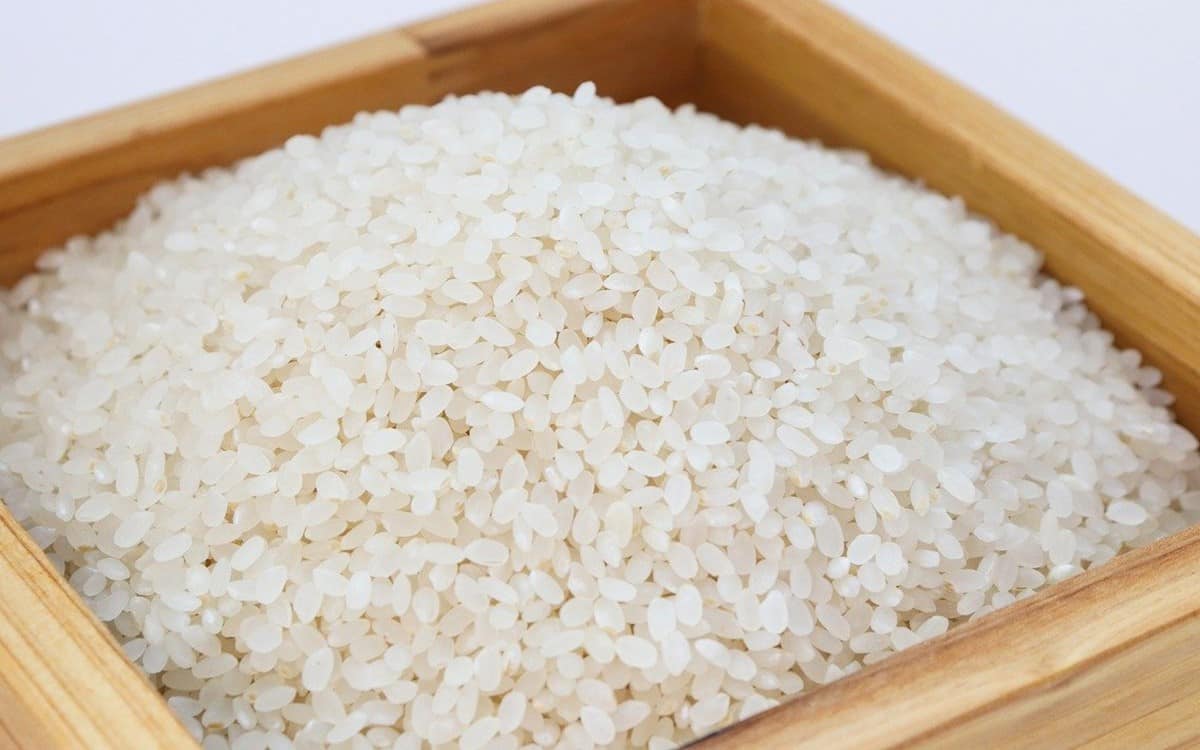
Grains are filled with carbohydrates that provide the body with the calories it needs to function properly.
White rice, such as jasmine and basmati, is excellent in a prepper pantry due to its indefinite shelf life and rich nutritional value. Brown rice, on the other hand, can only last for a maximum of one year. However, it is healthier than most types of rice, including white rice.
Aside from rice, you should also add other grains to your survival pantry. Wheat, oats, barley, quinoa, and rye are all great additions.
Beans and Legumes
Similar to grains, beans are also filled with calories that fuel the body. They also have high fiber and protein contents. They are easy to store and can last for an indefinite period when kept in an ideal environment.
The best beans and legumes to store are pinto beans, black beans, navy beans, lentils, kidney beans, chickpeas, black-eyed peas, and lima beans.
Pasta
Pasta is a staple food of many cultures. It is easy to prepare and can last on your shelf for a long time, especially dried pasta. Despite being high in carbohydrates and gluten, it’s still very satiating. It is also rich in micronutrients and has a low cholesterol content.
Canned Fruits
Fresh fruits are an excellent source of various nutrients; however, you cannot add them to your prepper pantry due to their extremely short shelf life. Instead, you can store canned fruits as an alternative.
The nutritional value of canned fruits is lower compared to their uncanned counterparts. But, canned fruits can last for years on your shelf and provide enough vitamins and minerals essential for survival.
Canned fruits often go “on-sale” in supermarkets or groceries, so you should wait for these promos to buy them.
Canned Vegetables
Just like fresh fruits, fresh vegetables are not suitable for long-term storage. But, they also have canned counterparts you can buy as substitutes. Canned vegetables have the same nutrient contents as fresh vegetables but only at lower levels. You can further prolong the shelf-life of canned vegetables by dehydrating them.
Canned Meat
Protein is an important nutrient for various bodily functions. However, a fresh source of it is unlikely available during disasters or emergencies. Canned meats are great at providing this nutrient. They can last for a long time on your shelf and do not need special storage considerations aside from keeping them at normal room temperature.
There’s a variety of canned meats available in the market, including canned pork, canned beef, and canned chicken. Choose whichever your family prefers. But, as much as possible, buy different types to have a diverse source of nutrients.
Freeze-Dried Meat
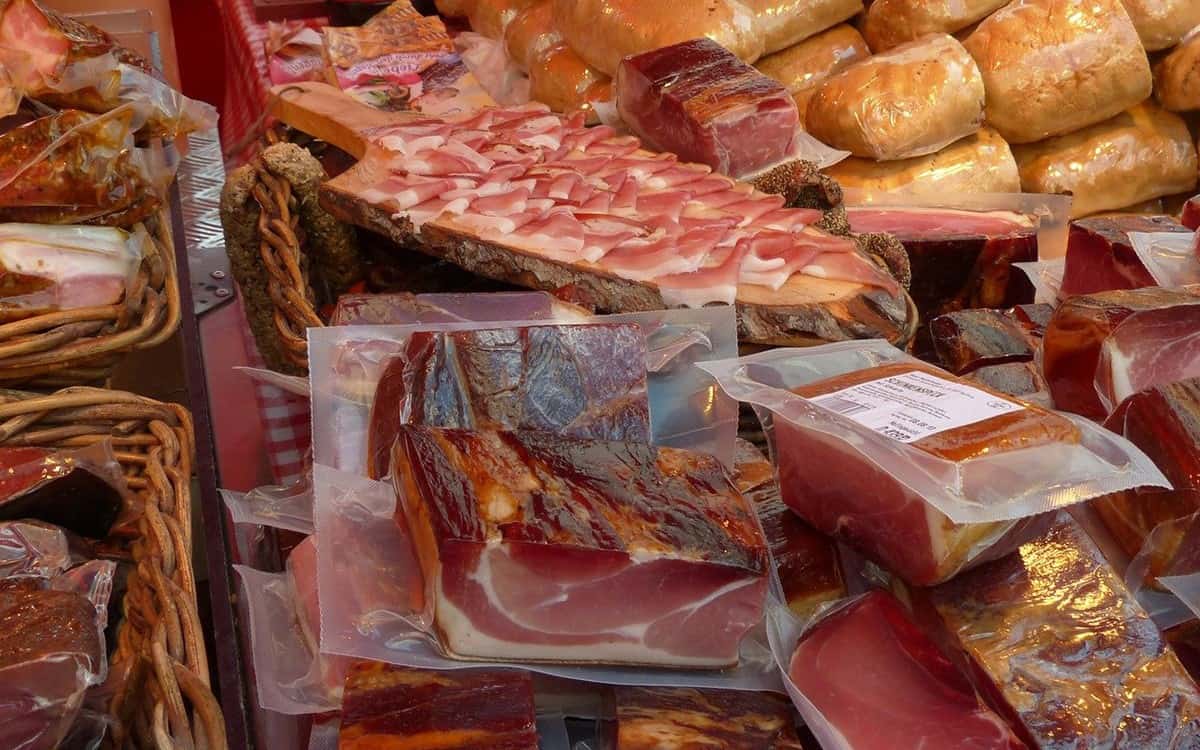
Similar to canned meat, freeze-dried, vacuum-sealed meat is a great alternative to fresh meat as a protein source. It’s suitable for long-term storage and can be prepared easily by re-hydrating it with some water. It’s more expensive than canned meat, but it’s more tasteful and has higher nutritional value.
Canned Fish
Canned fish like canned salmon, sardines, tuna, and herring provide almost as many nutrients as fresh fish. They give you protein and omega-3 fatty acids, which are acids that help reduce the risk of heart-related diseases. They can also last on your shelf for a long time, making them an ideal addition to your prepper pantry.
Powdered Milk
Milk is an excellent source of calcium and protein. However, fresh milk cannot be stored for too long, therefore not ideal in a prepper pantry. As an alternative, you can buy powdered milk. It has a shelf life of around two years and provides similar nutrients as fresh milk.
Bouillon Cubes
Bouillon cubes are compressed stocks of beef, chicken, and sometimes vegetables. They are not necessarily sources of nutrients; however, they improve the taste of soup, ramen, rice, and noodles.
Protein Bars
Protein bars or energy bars are packed with calories and other essential nutrients. They don’t taste good, but they last long, are compact, and are ready to eat, making them a great food substitute during emergencies.
Spices & Seasonings
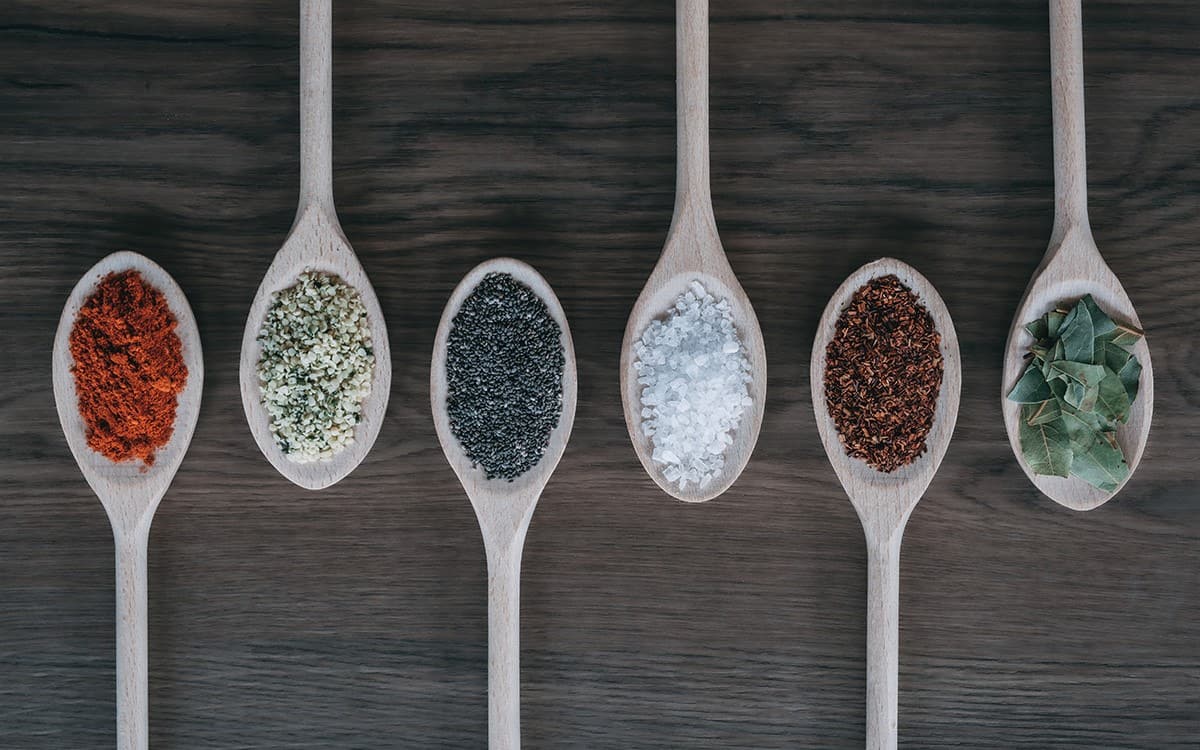
Most spices last for a long period when stored properly, hence ideal for your prepper pantry. They bring flavor to otherwise bland food; remember that good-tasting food improves morale during disasters.
The essential long-lasting spices you need to stockpile are salt, sugar, vinegar, soy sauce, and honey.
How to Organize a Prepper Pantry
Just having all the essential items and supplies is not enough for an effective prepper pantry – you also must have a good storage area and an organized system of keeping them.
The Storage Area and Shelves
The room for storage must be dry and cool. Elevated temperature is not ideal when storing food because it increases the activity of spoilage-promoting bacteria, which shortens the shelf life of food. A moist surrounding is also unwanted since it promotes the growth of mold, which also deteriorates the food quality.
If you live in areas prone to earthquakes, bolt your shelves to the wall to make them more sturdy. Also, put a bar in front of your shelves so your supplies, especially those stored in glass containers, don’t fall to the ground easily.
FIFO Method
The First In, First Out method pertains to the rule of storing food long-term. The idea is basically to consume the oldest food in your storage first. When replenishing your stocks, place the newly bought food products at the back so that everything gets consumed based on the order you purchased them.
Always check the expiration dates of the food in your pantry. Consume those near their expiration dates and just restock them with newer ones.
Device a Working System
Properly organize your prepper pantry. Label everything, especially if you are repacking food items in Mylar bags. Do not forget to write their names, and their manufacturing and expiration dates.
Arrange the items on a shelf based on weight. Place heavier items at the bottom and the lighter ones on the top to make moving them easier.
Keep the items you often use somewhere easily accessible to avoid digging through all items every time you need to use them.
Lastly, categorize your supplies properly. For example, place all canned fruit and vegetables on one shelf, meat and fish products on another, then use another shelf for all the grain and bean products.
Make an Inventory of Your Stockpile

In addition to efficiently organizing your supplies, you should also make an inventory of all the items you have. Having an organized list will help you monitor your supplies properly. It will also make the expiration date checking a lot faster.
Make an excel file that tracks your current stockpile. This way, you’ll know which food and how much of it you’ll need to buy on your next visit to a grocery or supermarket.
Final Thoughts
A well-built prepper pantry will help you survive unwanted situations like natural disasters or other crises. It is not cheap to build one, but if you plan it carefully, you can get it done. Start slowly or buy everything at once: it doesn’t really matter as long as you keep at it. Fill your prepper pantry wisely; only buy food that is ideal for long-term storage and ones that your family likes. Store enough supplies for your family and store them properly.

